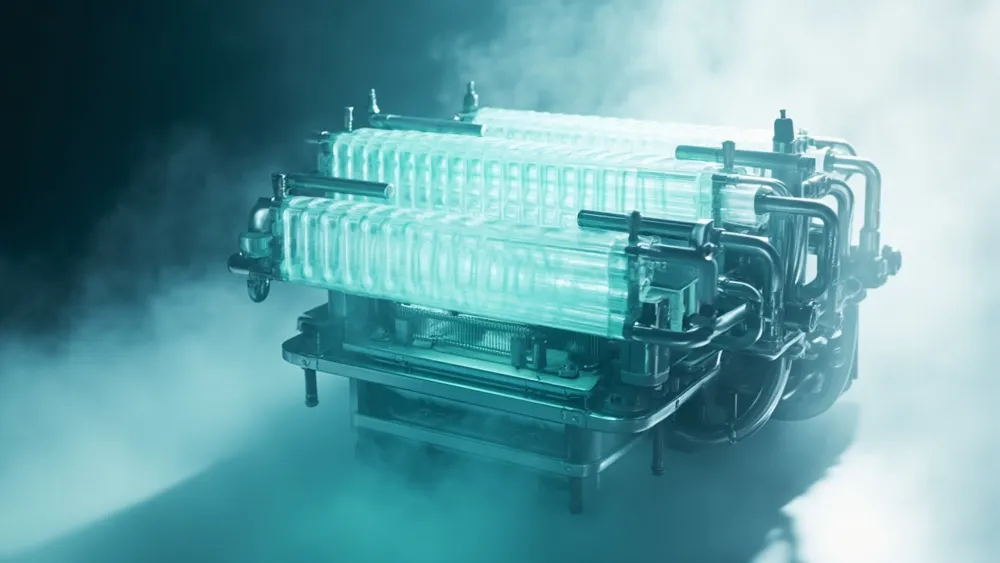AWS develops cooling tech for Nvidia GPUs amid AI surge

In the fast-evolving realm of technology, Amazon Web Services (AWS) has positioned itself at the forefront of innovation by unveiling a critical advancement aimed at optimizing the performance of Nvidia's graphics processing units (GPUs) used for artificial intelligence (AI) workloads. This announcement, made on July 9, 2025, highlights AWS's development of a new In-Row Heat Exchanger (IRHX) designed specifically to manage the intense heat generated by high-powered Nvidia GPUs. With the AI boom surging demand for such processors, the significance of effective cooling solutions cannot be overstated — it presents an intriguing parallel to broader trends where infrastructure must rapidly adapt to meet technological advancements.
The urgency behind AWS's innovation underscores an essential economic trend amidst the AI revolution. Nvidia's cutting-edge GPUs have catalyzed a significant increase in power consumption, necessitating advanced cooling solutions. According to the latest data, energy demands for AI workloads have spiked by over 40% annually, compelling AWS to take a proactive stance in developing efficient hardware to maximize data center capacity and sustainability. By creating the IRHX, AWS aims not only to enhance the operational metrics of their cloud solutions but also to maintain robust EBITDA margins in an environment where energy costs are constantly on the rise. This strategy highlights an underlying corporate philosophy: investing in proprietary technology reduces dependency on external suppliers, ultimately shielding profit margins — a smart move considering AWS delivered the widest operating margin since 2014 in the first quarter.
When reflecting on AWS's move, one cannot help but draw parallels to past technological breakthroughs and market adaptations, such as the dot-com bubble and the subsequent evolution of data center efficiencies post-2008 financial crisis. During those times, the industry faced similar pressures regarding infrastructure and optimized performance vis-a-vis increased service demands. Just as companies pivoted to adopt virtualization technologies in the wake of the 2008 crisis, AWS's development of cooling technology for GPUs represents a forward-looking strategy that ensures they remain competitive in an increasingly crowded cloud market, especially against formidable opponents like Microsoft, who is also carving its niche with in-house solutions.
However, amidst these developments, potential risks loom large. The rapid pace of AI adoption could provoke regulatory scrutiny over energy consumption and environmental impacts. If AWS's cooling innovations fail to sufficiently address these growing concerns, they run the risk of alienating increasingly environmentally-conscious stakeholders, including investors and consumers. Moreover, underestimating the operational challenges associated with implementing new technology could lead to unintended consequences, whereby cloud providers face bottlenecks in service delivery and customer satisfaction. With the stakes high, might AWS's aggressive strategy prompt competitors to rethink their own approaches to technological resilience?
Read These Next

China's 14th Five-Year Plan Achieves Remarkable Results
China's 14th Five-Year Plan shows significant progress in economic resilience, green tech, and industrial transformation.

Financial Sector Fuels CNPC's Capital Growth in Three Days
Market confidence rises as major financial stocks improve; China Petroleum Capital draws attention with recent volatility.

Huafeng Holdings' Convertible Bonds: Early Redemption Insights
A critical commentary on the early redemption of Huafeng Holdings' convertible bonds, examining implications for stakeholders, market trends, and risks.
